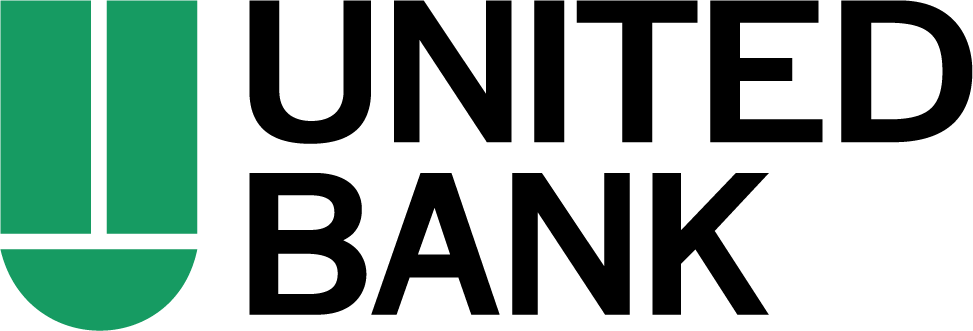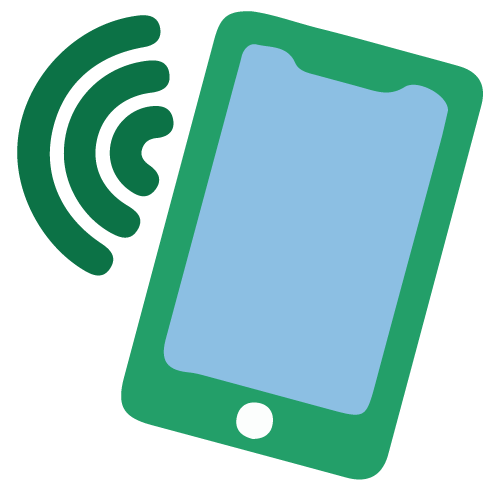Every day, thousands of people fall victim to fraudulent emails, texts and calls from scammers pretending to be their bank. In fact, phishing attempts are at their highest level since 2016. The Federal Trade Commission’s (FTC) report on fraud estimates that American consumers lost a staggering $5.8 billion to these phishing schemes and other fraud in 2021.
While the recent facts and figures relating to this type of fraud are alarming, online scams aren’t so scary when you know what to look for. And at United Bank, we’re committed to helping you spot them as an extra layer of protection for your bank accounts and personal information. We’ve joined the American Bankers Association (ABA) and banks across the country in a nationwide effort to fight phishing—one scam at a time.
We want every United Bank customer to become a pro at spotting a phishing scam—and stop bank impostors in their tracks. It starts with these four words: Banks Never Ask That. Because when you know what sounds suspicious, you’ll be less likely to be fooled.





